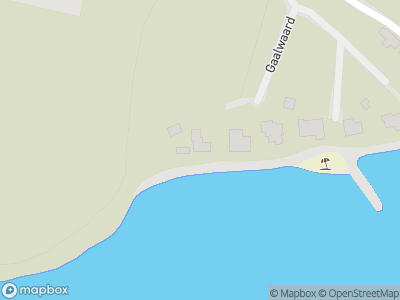Fort Vuren is only a stone’s throw away from Loevestein Castle, which is situated on the opposite bank of the river Waal. Fort Vuren was a strategic link in the long chain of forts built between 1815 and 1870 as part of the New Dutch Waterline. Today, this robust fortress houses a Bed & Breakfast.
Old and New
The first plans for the New Dutch Waterline date from of the end of the 18th century. Cornelis Krayenhoff, who became the director of the Dutch fortifications in 1796, argued for relocating the Hollandic Waterline to the east, in order to include Utrecht. His arguments failed, and it was not until after the fall of Napoleon when King William I made the decision to start work on a New Dutch Waterline in 1815, that the project was reinstated.
River Waal
The role of Fort Vuren was to close off the river Waal: a weak spot in the waterline open to attacks by the potential enemy. The oldest part of the fort is the tower, built in 1848, after which, it struggled to keep up with the fast-paced developments in artillery, ammunition and assault weaponry, and the improvements to the fort´s defence structures always seemed to be one step behind. As a result, it soon became clear that these towers were too vulnerable and in 1878, the top floor of Fort Vuren was removed and a counterscarp was built on the eastern side of the tower to protect it.
New commission
It became apparent during WWII that the defensive value of the waterline had become obsolete. The Germans simply flew over it. So after the war, the waterline was finally decommissioned. In the years that followed, many parts of the waterline have been re-invented and re-commissioned. This includes Fort Vuren, which has been restored and opened to visitors.
There are now three function rooms for parties and special events, a terrace, bar and a Bed & Breakfast. Thankfully, due to modern heating, visitors do not have to suffer the cold in the same way the soldiers did in days gone by!
“















